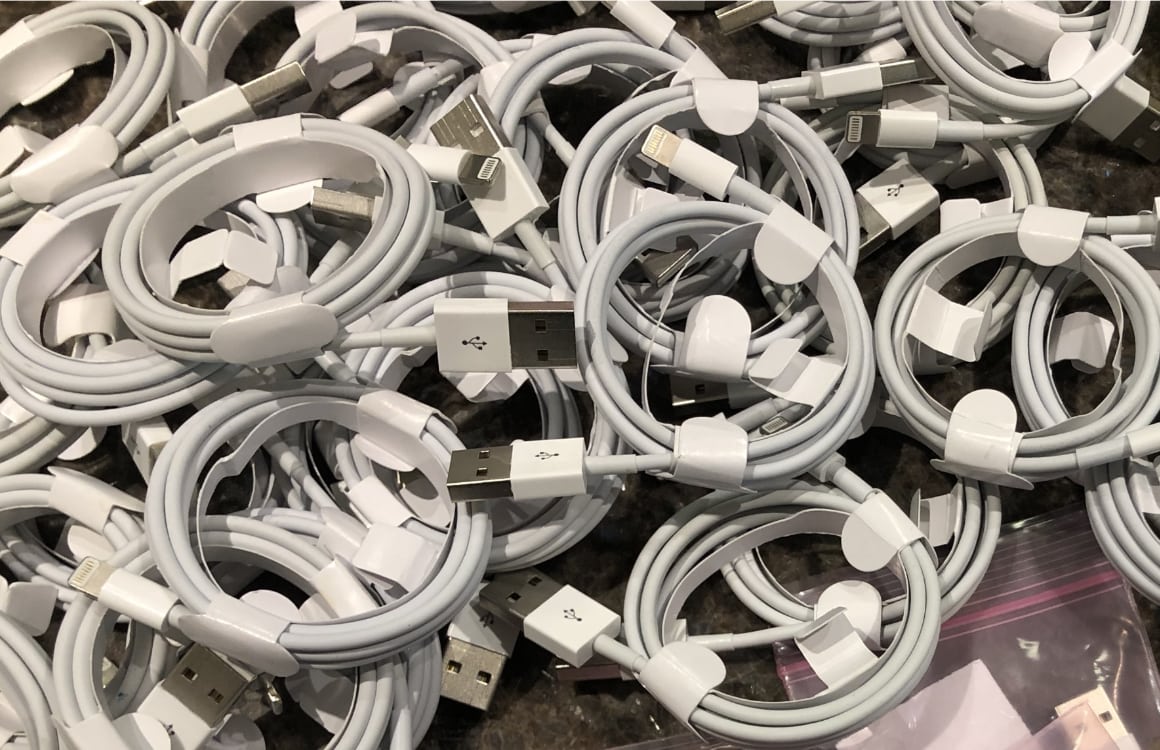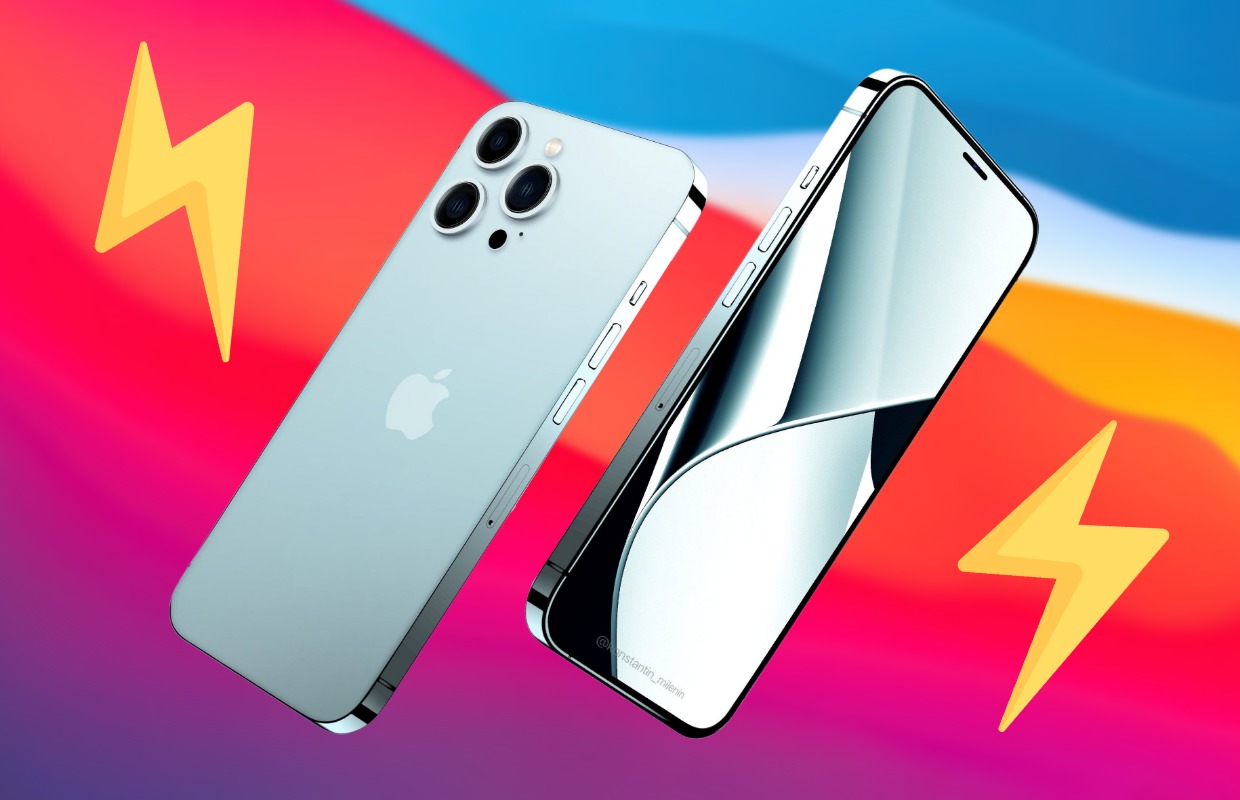The EU has spoken! All new electronic devices must soon have a USB-C connection for charging. A big job for Apple. In this article we answer all your questions about the new European law and what it means for your iPhone.
Why is usb-c the standard connection in the EU?
It European parliament had been discussing this new bill for some time. The word is now finally out: new devices must have a USB-C connection from the autumn of 2024. Both the European Parliament and the EU Council still have to (formally) approve this law. We expect this after this summer.
The EU has been working for years on the proposal to label USB-C as a ‘standard connection’ for mobile devices. Recently, however, it has really taken off. This has everything to do with the ‘rush’ there is to reduce waste and emissions. The new USB-C law ensures that all mobile devices can be charged with the same charger. This makes it easier for you to recharge at a friend’s house and in theory you only need one cable to provide all your devices with power.

So the most obvious reason for usb-c is its universality. But charging via USB-C has even more advantages! With this connection, it is a higher amount of current than with a Lightning plug. This also allows your iPhone to charge and transfer data at high speeds. The EU is also working with this law to ensure that fast charging techniques are also at the same level.
When will the EU USB-C law come into effect?
While the EU’s USB-C law hasn’t quite reached the end of the democratic process yet, the news has already been confirmed. So it is certain that all Apple devices will soon abandon the famous Lightning cable. At the launch of this Apple connector, it was also described as ‘the connection for the next 10 years’. This decade is now over, so we were already wondering what Apple would do now that this charger was out of date.
The law should come into effect in the fall of 2024. Apple therefore still has some time to switch to USB-C with the iPhone. It is even possible that Apple no longer puts ports in the devices at all and only allows charging via wireless techniques.

Which Apple devices are moving to USB-C?
We previously wrote about the rumors that the iPhone 15 (which we expect in the autumn of 2023) would already have a USB-C port. However, this news always crops up with every new phone from Apple. Earlier we also heard that Apple was working on devices without ports. This is an alternative way to reduce waste from electronic equipment. Only with this technique you do not (yet) achieve such high speeds in data transfer and charging.
The latest iPads and MacBooks are already equipped with these USB-C ports. So it seems a matter of time that the unannounced iPhones will also get this connection.

Can Apple still sell older Lightning devices in 2024?
The EU law to equip everything with USB-C does not apply to phones and other devices that were on sale before that time. Your current iPhone will therefore continue to charge via the Lightning connector, and you can still buy old iPhones with Lightning at the end of 2023. Please note: the end is really in sight for the Lightning cable. In the coming years you will therefore also come to far fewer households that happen to have this cable.
So there is nothing wrong, but the next iPhone that you buy will most likely have a USB-C connection. But as mentioned, Apple may continue to sell iPhones that do not yet have this. Do you always switch to old models? Then it will take a while before you really notice anything from this law.

Why didn’t Apple switch to USB-C sooner?
We think one of the reasons Apple didn’t switch to USB-C earlier has to do with the cable itself. According to Apple, the connection is less dust and waterproof than Apple’s current Lightning connection. According to the company, this cannot guarantee the quality of iPhones.
With the ‘Made for iPhone’ program, Apple also assures consumers of good quality. In this case, accessory manufacturers have to pay a commission to Apple to make ‘official’ ancillary products. With this Apple makes a lot of profit, but also ensures good quality. With the switch to USB-C, Apple no longer has control over this process. Apple would therefore also try to switch completely to wireless connections. We will see in the coming years whether this will work.
We will undoubtedly hear more about this in the coming months. Do you want to stay informed? Sign up for our newsletter: